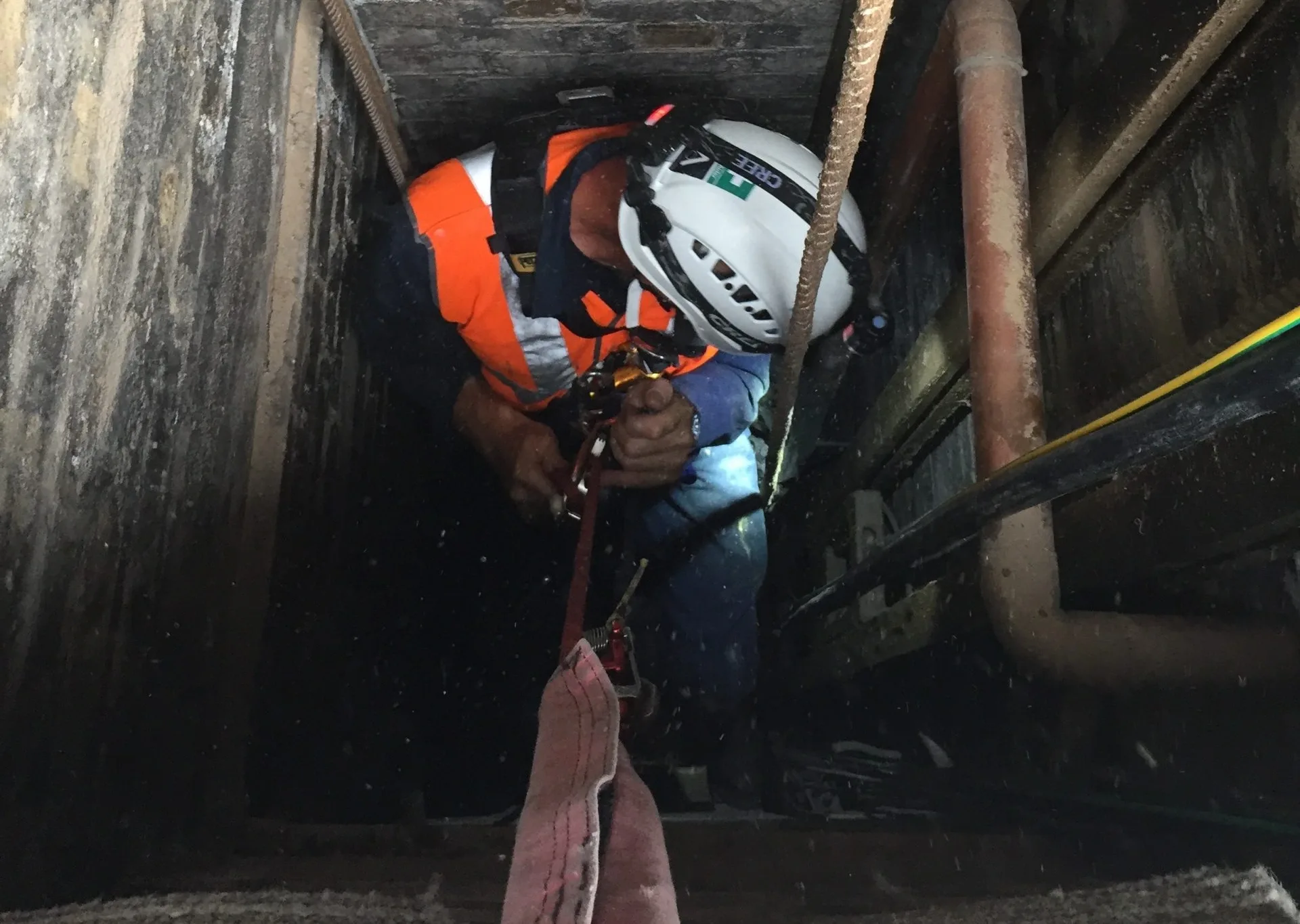
🟠 Introduction
For building managers dealing with atriums, lightwells, or glazed courtyards, internal access can be a challenge. Tower scaffolds, ladders, and MEWPs often struggle in tight indoor environments — especially in commercial buildings, shopping centres, and hotel lobbies.
That’s where rope access from the inside offers a modern solution.
Let’s compare rope access with traditional internal access methods to see which is more effective, safe, and efficient in central London properties.
🛠 Access Limitations of Internal Methods
Internal towers and ladders are often restricted by:
-
Fragile flooring or high foot traffic
-
Limited headroom or narrow access points
-
Obstructions like furniture, signage, or lighting
-
Needing to shut down lobbies, stairwells, or cafés
Rope access teams, by contrast:
-
Rig from overhead beams, roof steels, or anchor points
-
Descend directly into lightwells, atriums, or internal voids
-
Require minimal ground setup
-
Complete work with almost zero disruption
In many buildings, rope access is the only realistic method for overhead interior work.
💷 Cost & Time Comparison
Internal access methods require:
-
Delivery and setup of towers or mobile platforms
-
Multiple team members for safety and equipment handling
-
Floor and wall protection
-
More downtime for common areas or public use spaces
Rope access saves time and cost:
-
Lightweight gear
-
Fast 2-person setup
-
Minimal disruption to tenants, visitors, or staff
-
Faster completion and less clean-up
For minor to mid-size repairs, rope access often costs 30–50% less overall.
🛟 Safety & Risk Management
Ladders and towers present risks:
-
Improper setup or unstable flooring
-
Trip hazards from large base areas
-
Possible damage to delicate interiors or flooring
Rope access indoors offers:
-
Controlled rigging with full backup systems
-
Certified IRATA Level 2+ technicians
-
Detailed risk assessments and rescue plans
-
Smaller footprint, less interference, and fewer hazards
For public buildings, hotels, and high-footfall areas — rope access provides safer execution with fewer complications.
🏙 When to Choose Each
Use Internal Access if:
-
The area is low (under 3m) and obstruction-free
-
Flooring can support towers or MEWPs
-
There’s plenty of space and low traffic
-
The job is long-term and isolated from public view
Use Rope Access if:
-
You’re working above glass, voids, escalators, or stairwells
-
There’s no safe way to rig towers or ladders
-
You need fast, professional completion with no disruption
-
Public safety and building cleanliness matter
✅ Conclusion
In London’s complex interiors — from banks and hotels to apartment blocks and shopping centres — internal rope access provides a reliable, discreet, and cost-effective solution.
It’s not just for the outside of buildings — rope access teams are making indoor work safer and more efficient than ever.
📞 Need help with indoor high-level maintenance?
We’ve completed internal rope access works across London — from South Bank atriums to glazed hotel courtyards.
